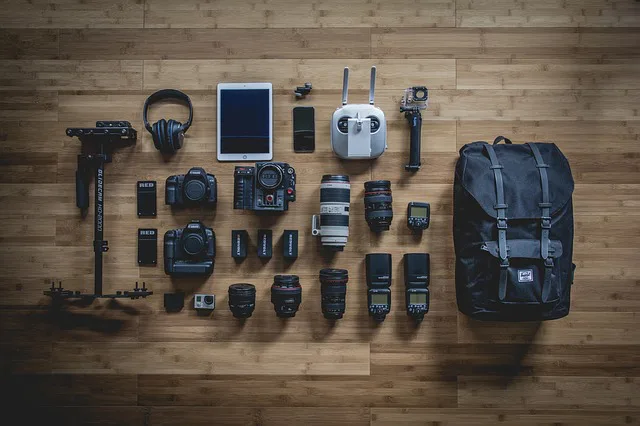
Many types of cameras: The golden age of photography
We are truly in the golden age of photography. We live in a day and age where there are not only many types of cameras to choose from, but the tools and technology that are available to photographers are astounding.
This is both a good and a bad thing. All the photography tools and tech have been evolving at an extremely rapid pace over the last ten years or so, leaving us with amazing tech, but also confusion on which to purchase and use in our photography workflow.
This predicament of having “too many choices” is what psychologies refer to as the paradox of choice. It can actually be a bad thing when there are too many choices. And with choosing a camera, there are no shortages of the types of cameras and brands available.
Having so many types of cameras and gear can make photography more confusing and can overwhelm beginners.
Don’t get me wrong, in a lot of ways photography has become much easier because of all this great tech. However, the sheer amount of gear available can be overwhelming to new photographers because they don’t know where to start, or what to get for their first camera.
Despite being a little overwhelming in the amount of choices we can make as photographers, the current technology allows for unbounded creativity. This is especially the case with photo editing applications. With post production apps like Photoshop and Lightroom, we have unlimited possibilities when it comes to communicating our vision in our photographs.
We can easily change the color or intensity of the sky, remove things from the background, increase exposure on demand, add vignettes, sharpen certain areas, etc. This was not possible 20 years ago when photographers relied on manually editing and exposing film.
Types of Digital Cameras
- DSLR Cameras
- Mirrorless Cameras
- Micro Four Thirds Cameras
- Point and Shoot Cameras
- Action Cameras
There are so many types of cameras, camera bodies, camera lenses, photography gear, and even photo editing software to choose from.
As mentioned above, the sheer number of cameras, the various types of cameras, and the complexity of photo editing software can be overwhelming for any new photographer. It makes sense then that novices start out, they are confused as to which type of camera to buy. When you get into photography, you may be asking what type of camera you should get or what brand should I get?
In reality though, it is great news for both experienced and novice photographers. It means we have the tools available to produce much better photos than our parents or grandparents could have ever dreamed of.
This post will walk you through the main five types of cameras available to comsumers, prosumers, and professionals.
DSLR cameras
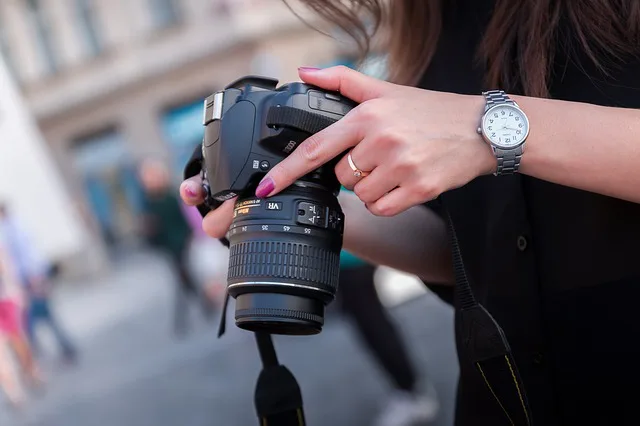
For prosumers and pros, the most preferred type of camera is the DSLR. SLR stands for single lens reflex, and a DSLR stands for digital single lens reflex.
In the film days, pros and amateurs would use SLRs, however with the digital photography revolution, most photographers are using DSLRs. You still get your occasional hipster visiting garage sales seeking out a vintage SLR to shoot some film with, but for the most part, everyone uses DSLRs these days.
With the DSLRs, there are two top brands that people tend to choose – Nikon and Canon.
Top DSLR Brands
- Nikon
- Canon
Interchangeable lenses
One of the biggest advantages to a DSLR is the lenses are interchangeable. This allows you to get a variety of different types of shots in a variety of different angles, with different types of bokeh, and overall very different looks for each lens.
In fact, lenses are often more important than the kind of camera or the model of your camera body. If you have a high-quality lens on a decent body, you can take some great shots. Any great photographer will tell you that having a better lens is a priority of having the best body.
Large image sensors
DSLRs also has the advantage over other point-and-shoot cameras in that it allows for a bigger image sensor.
The larger the image sensor, the more light and detail the camera can capture, especially in low light conditions. For years the SLR, and more recently the DSLR, has been the king of cameras.
Many pro photographers have preferred the DSLRs types of cameras because of all the advantages over smaller point-and-shoot varieties.
Mirrorless cameras
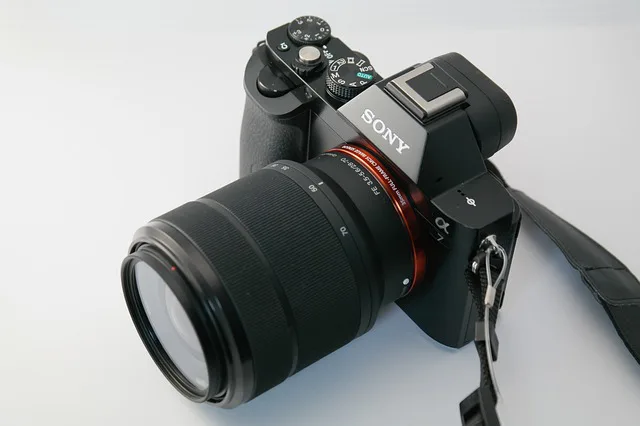
However, there is a new type of camera that has hit the scene and has become much more popular recently. This newcomer is the mirrorless digital cameras.
Mirrorless cameras have been somewhat of a game changer. Though they haven’t overtaken the DSLRs throne (yet), they are a bit of a disruptive technology in the photography field.
DSLR vs. Mirrorless
They are similar cameras to a DSLR in that they also allow you to change your lenses. They also have a large image sensor just like the DSLRs.
Mirrorless cameras work very differently than a traditional DSLR in the mechanics, though. They don’t use mirrors in their system, so it allows them to be much smaller.
DSLRs utilizes a mirror system
The way that the DSLR works is through a mirror system and a view finder. When you look through the optical viewfinder of the DSLR, you are looking at a mirror that reflects what the lens is seeing. This allows you to see exactly what you see from the lens, which is ideal for composing your picture.
It helps you more precisely compose your shot when you are viewing through an optical viewfinder. The DSLR viewfinder is showing you exactly what the lens is going to capture.
Then when you click to take a picture the mirror will flip up to expose the image sensor to light. The light is what (digitally) exposes and creates your image.
A mirror system requires more space, so that’s why the DSLRs are pretty bulky.
How mirrorless cameras work
The way a mirrorless camera works is by using a digital signal to view and compose your shot. Because mirrorless cameras don’t require a mirror system; they can be much smaller than their DSLR counterparts. However, because it is using a digital signal (EVF), you may not see exaclty what the lens sees when looking through the EFV (Electrical view finder) on a mirrorless camera.
The smaller form factor is where the advantages of mirrorless come in. With the evolution of mirrorless cameras, companies have been able to squeeze in all that great camera technology into a much smaller system.
Benefits to Mirrorless Cameras
- Small form factor (great for travel)
- Excellent image quality
- Interchangeable lenses
Large technology companies like Sony and others have bet on the success of mirrorless cameras. Sony and others have some amazing mirrorless cameras, which offer superb image quality in the size of a camera not much bigger than the point and shoot types of cameras.
Many pro photographers are switching over to mirrorless cameras especially when traveling because of this much smaller form factor.
With that said, most pro photographers still continue to use their trusty DSLR setups for the majority of their work. However, many also supplement with a mirrorless camera when they need a smaller form factor camera.
Maybe one day as the mirrorless camera systems will get even better and more pro photographers will migrate over to a mirrorless system. I think that is very possible, but at this point, DSLRs are still where its at in the pro world.
There are some photographers (even pros) that have made the decision to use the mirrorless camera as a primary shooter.
One thing to note though, is that even with the smaller form factor (and less weight) of a mirrorless camera, many lenses are inherently big and cumbersome. So if you use telephoto lenses on a mirrorless, the smaller form factor becomes a novelty, and possibly a hindrance.
Micro four thirds systems
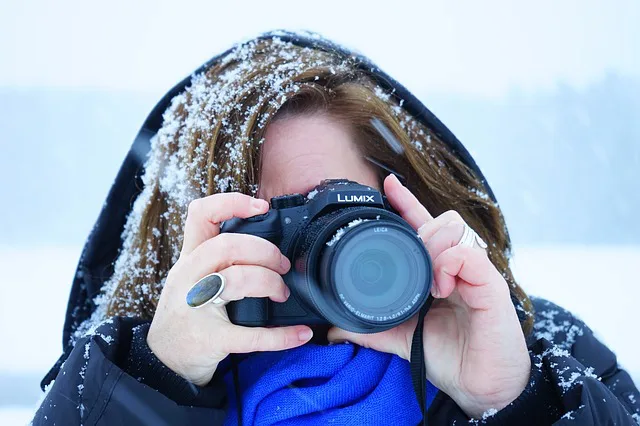
Within the mirrorless camera category, one type of mirrorless camera you can get is the micro four thirds. A micro four thirds camera doesn’t limit your lens selection.
This is a great feature to have because the traditional DSLR cameras don’t allow you to switch betweeIn the DSLR world, if you have a Nikon camera and lens, you cannot use your Nikon lens on a Canon body. You would need a special adapter.
Canons have a different fitting than Nikons, so you can’t interchange the lenses. That’s why there is such loyalty with Nikon and Canon owners. If you start investing in Nikon lenses and have several thousand dollars in lenses, its unlikely you will ever switch to a Canon body.
With a micro four thirds camera, you can use lenses from other companies because of the agreed upon micro 4/3 format. Several companies got together and agreed on a format for the lenses – the micro four thirds.
So for example, you can use any type of camera lens (micro four thirds) with any other micro four thirds camera body. So you can use an Olympus lens with a Panasonic camera.
They did this to make it easier for consumers to switch lenses between cameras. I wish they had agreed on the same format years ago, so all us DSLR users could enjoy those benefits!
Point and shoot/smartphone cameras
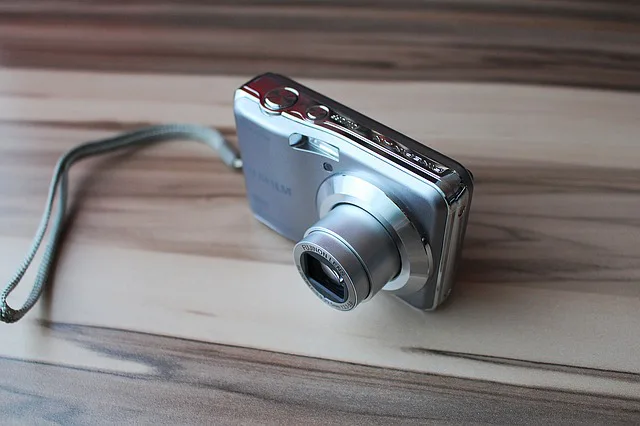
The type of camera with the lowest quality will be the point-and-shoot and smartphone cameras.
Even though point-and-shoot cameras typically take better pictures than say an iPhone or Android phone, the sales and use of point-and-shoot cameras have been rapidly declining over past several years. The reason is that nobody needs a point-and-shoot camera anymore, or at least they don’t think they need them.
After all most everyone has a smartphone capable of taking high-quality photos. Most people have their camera phones with them at all times, so it’s much more convenient. Camera phones continually get better and better, so it makes sense that you don’t often see a point-and-shoot camera anymore.
In either case, I personally put smartphone cameras and point and shoot cameras under the same category because the image quality is so similar. The phone cameras have evolved at a tremendous rate and have caught up to the quality of traditional point and shoot cameras.
Action cameras
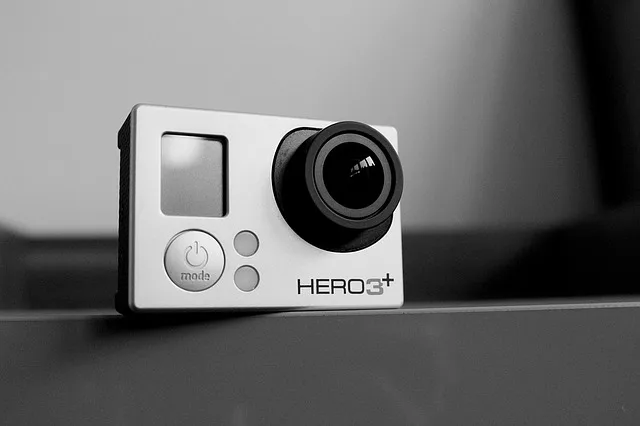
The last types of cameras are the action cameras, like the GoPro. The most well-known is the GoPro, but many other companies also make these types of action cameras, including the recent introduction of Nikon action cameras.
Though these cameras can take good photos (think iPhone quality), most people use them for video. GoPro types of video cameras are great because they allow you to attach them to helmets, drones, snowboards, surfboards, etc. They enable you to use them for any activity where you might need a small, rugged camera.
Choosing the right camera
There are so many types of cameras available that it can be confusing to pick which one is right for you. I will go into more detail in another post, on how to choose the camera.
For now, I’d say first pick a camera that fits your needs. If you want the best quality of images, then choose a DSLR or mirrorless camera and a good lens.
You can’t go wrong with a 50mm lens as your first lens, paired with a decent body. Also, don’t forget to make sure your camera is shooting in Raw so you get the most out of your Photoshop/ Lightroom photo editing!

Leave a Reply